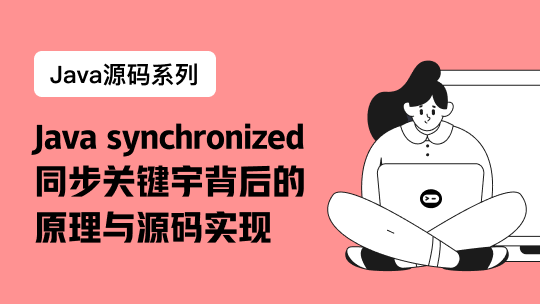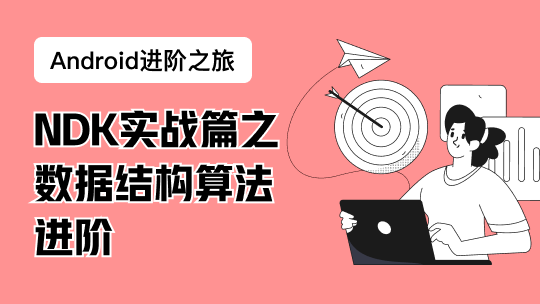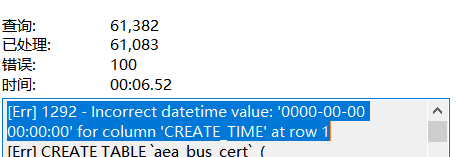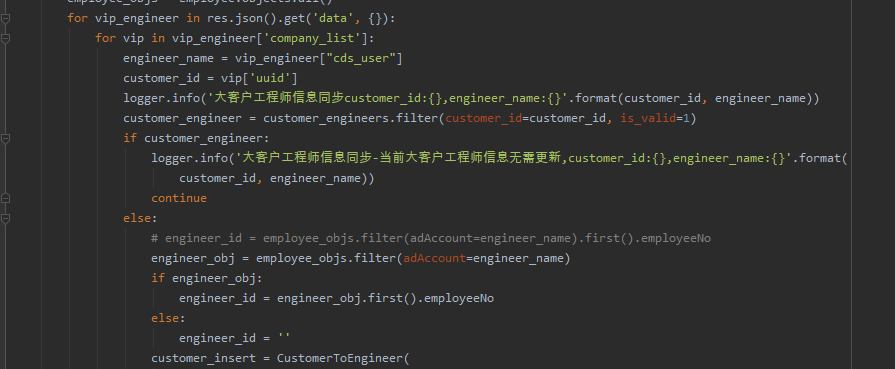第一种:
public static String getURLContent(String urlStr) {
/** 网络的url地址 */
URL url = null;
/** http连接 */
HttpURLConnection httpConn = null;
/**//** 输入流 */
BufferedReader in = null;
StringBuffer sb = new StringBuffer();
try {
url = new URL(urlStr);
in = new BufferedReader(new InputStreamReader(url.openStream(), "GBK"));
String str = null;
while ((str = in.readLine()) != null) {
sb.append(str);
}
} catch (Exception ex) {
} finally {
try {
if (in != null) {
in.close();
}
} catch (IOException ex) {
}
}
String result = sb.toString();
System.out.println(result);
return result;
}
第二种:
//http请求返回json
public static String httpGetJson(String url){
String result = "";
BufferedReader in = null;
try {
String urlNameString = url;
URL realUrl = new URL(urlNameString);
// 打开和URL之间的连接
URLConnection connection = realUrl.openConnection();
// 设置通用的请求属性
//connection.setRequestProperty("contentType", "utf8");
connection.setReadTimeout(5000);
connection.setRequestProperty("accept", "*/*");
connection.setRequestProperty("connection", "Keep-Alive");
connection.setRequestProperty("user-agent",
"Mozilla/4.0 (compatible; MSIE 6.0; Windows NT 5.1;SV1)");
// 建立实际的连接
connection.connect();
// 获取所有响应头字段
// Map<String, List<String>> map = connection.getHeaderFields();
// 定义 BufferedReader输入流来读取URL的响应
in = new BufferedReader(new InputStreamReader(
connection.getInputStream(),"UTF-8"));//防止乱码
String line;
while ((line = in.readLine()) != null) {
result += line;
}
} catch (Exception e) {
//System.out.println("发送GET请求出现异常!" + e);
e.printStackTrace();
result="";
}
// 使用finally块来关闭输入流
finally {
try {
if (in != null) {
in.close();
}
} catch (Exception e2) {
e2.printStackTrace();
}
}
// System.out.println("123");
return result;
}













